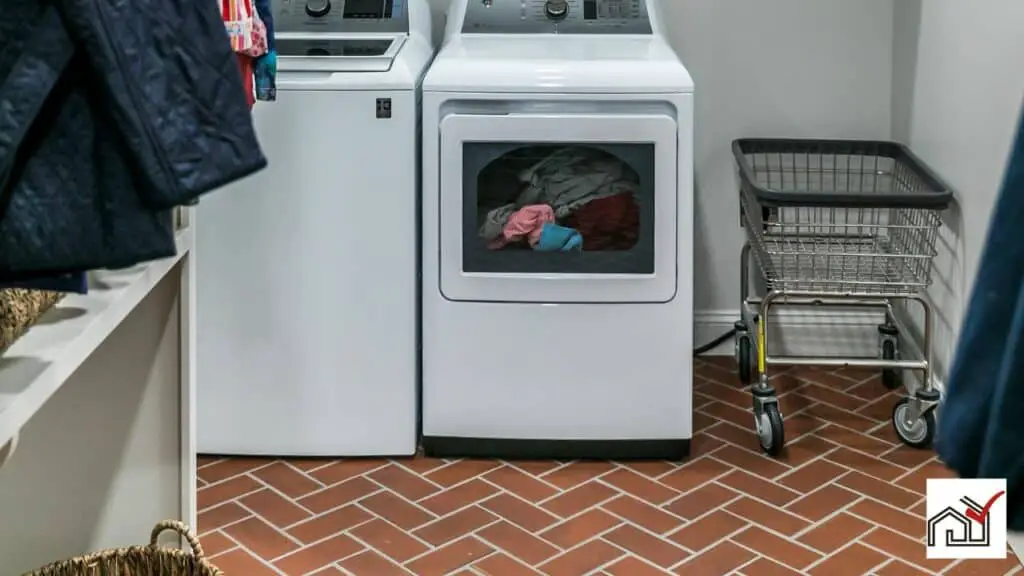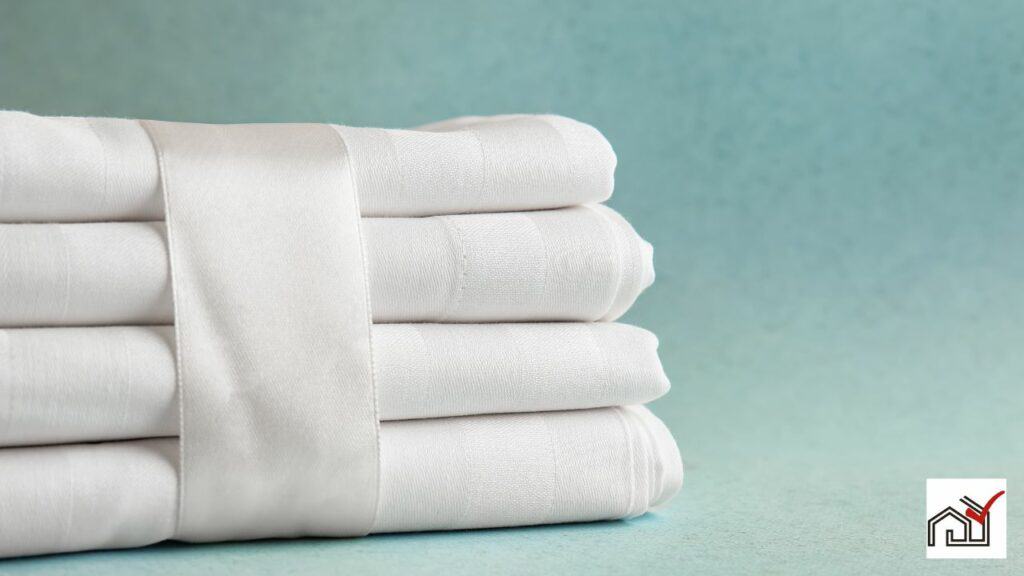Feather pillows can last between 2 to 7 years, depending on their quality and how well they are cared for. Signs that a pillow is wearing out include less comfort, lower loft, and visible aging like stains and lumpiness.
To extend a feather pillow's life, it is important to wash them regularly, use pillow protectors, and fluff them often.
This guide will help you understand the lifespan of feather pillows, factors that affect their longevity, and the proper care and replacement needed to maintain sleep quality and cleanliness.
Understanding Feather Pillow Lifespan
Feather pillows generally last between 18 months to three years, but with proper care, they can last longer. The type of feather, from either goose or duck, affects their durability. High-quality down pillows can last up to ten years or more with careful maintenance.
Using pillow protectors is important to extend a pillow's life by protecting it from oils, moisture, and skin cells. Following the manufacturer's cleaning instructions is also important for preserving the feathers. Pillows should be washed infrequently and dried completely to avoid mold and bad smells.
Regular fluffing keeps the feathers from clumping and maintains the pillow's shape and support. Following the care recommendations provided with new pillows can help them last longer.
With good quality pillows and proper care, including the use of pillow protectors, the need to buy new pillows regularly can be reduced, leading to many years of comfortable sleep.
Factors Affecting Durability
Material quality is a key determinant in the lifespan of feather pillows. Pillows filled with high-grade feathers, such as goose down, are more durable than those with lower-quality feathers or synthetic fills. Fiber-filled pillows may require more frequent replacement due to their inability to retain loft over time.
Maintaining feather pillows is crucial for their longevity. Washing them as per the manufacturer's guidelines and using pillow protectors can prevent the accumulation of dust mites, allergens, and damage from bodily oils, dirt, and moisture.
Choosing a pillow that suits one's sleeping habits is important. Pillows should be supportive and durable, especially for those who move a lot during sleep or engage in activities like pillow fights that can cause stress to the pillow.
The environment also affects the pillow's condition. Avoiding excessive humidity and heat helps prevent feather clumping and loss of loft, which can be achieved by keeping the sleeping area ventilated and at a moderate temperature.
Recognizing Wear and Tear
To maintain a good night's sleep, it's important to notice signs of wear in feather pillows. These signs include:
- Aches and pains upon waking, suggesting reduced support.
- The saddlebag test, where a pillow draped over your arm hangs limply, indicating it's time for a replacement.
- The press test, where pressing the pillow on a flat surface shows it doesn't rebound, meaning the feathers are no longer resilient.
- A thin, flat pillow implies inadequate neck support and needs replacing.
Additionally, if the pillow attracts dust mites, it may trigger allergies and should be changed to prevent respiratory issues.
Proper Pillow Maintenance
Regular care is essential for feather pillows to last longer than their usual two to three-year life. Use a zippered cotton pillow protector to prevent odors, stains, and dust mites. Cotton is breathable and protects well.
Follow the manufacturer's washing instructions. Wash feather pillows in cold water on a gentle cycle to avoid damaging the fill. Use wool dryer balls to maintain the pillow's loft and shape when drying. Fluff pillows daily to keep their shape and wash them every six months. Ensure they are completely dry before use to prevent mildew and feather damage.
Change pillowcases and protectors regularly to keep pillows clean and reduce wear. These maintenance steps can extend the life of feather pillows.
Health Implications of Old Pillows
Old feather pillows should be replaced every two to three years to prevent health problems such as allergies and respiratory issues. Pillows lose support and collect allergens like dust mites over time, which can exacerbate symptoms such as sneezing and asthma. Although washing pillows can reduce allergens, it becomes less effective as the pillow ages. Regularly replacing pillows is necessary for a healthy sleep environment.
A suitable pillow is crucial for spinal alignment and comfort during sleep, and this varies depending on whether a person sleeps on their side, back, or stomach. As pillows wear out, they offer less neck support, which can lead to discomfort and disrupt sleep.
To ensure a clean sleeping area, use a pillow protector, wash feather pillows regularly, and replace them when needed. Doing so will enhance sleep quality and help prevent health issues linked to old pillows. Replacing pillows periodically is vital for overall health.
Guidelines for Pillow Replacement
Replace feather pillows every two to three years, or when they fail the saddlebag or press tests, to maintain comfort and hygiene. Pillows lose their support over time, affecting sleep quality. Regular washing and using a cotton pillow protector can prolong a pillow's life.
Nonetheless, pillows will eventually need replacement. Test your pillow by folding it in half; if it doesn't return to its shape, it's time for a new one. Press the center of the pillow; if it doesn't bounce back, you should also consider replacement.
Rotating between two pillows can extend their use, but replace them when they show wear. A new pillow can improve sleep and support health, considering the significant time spent sleeping.





